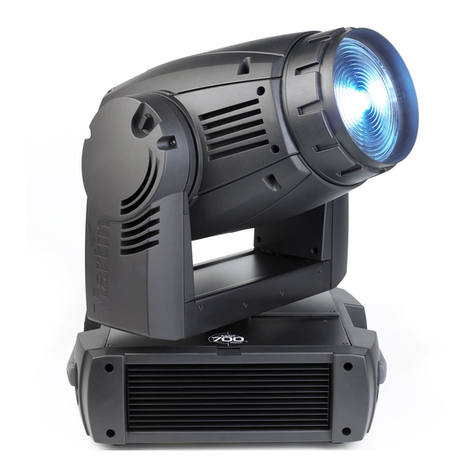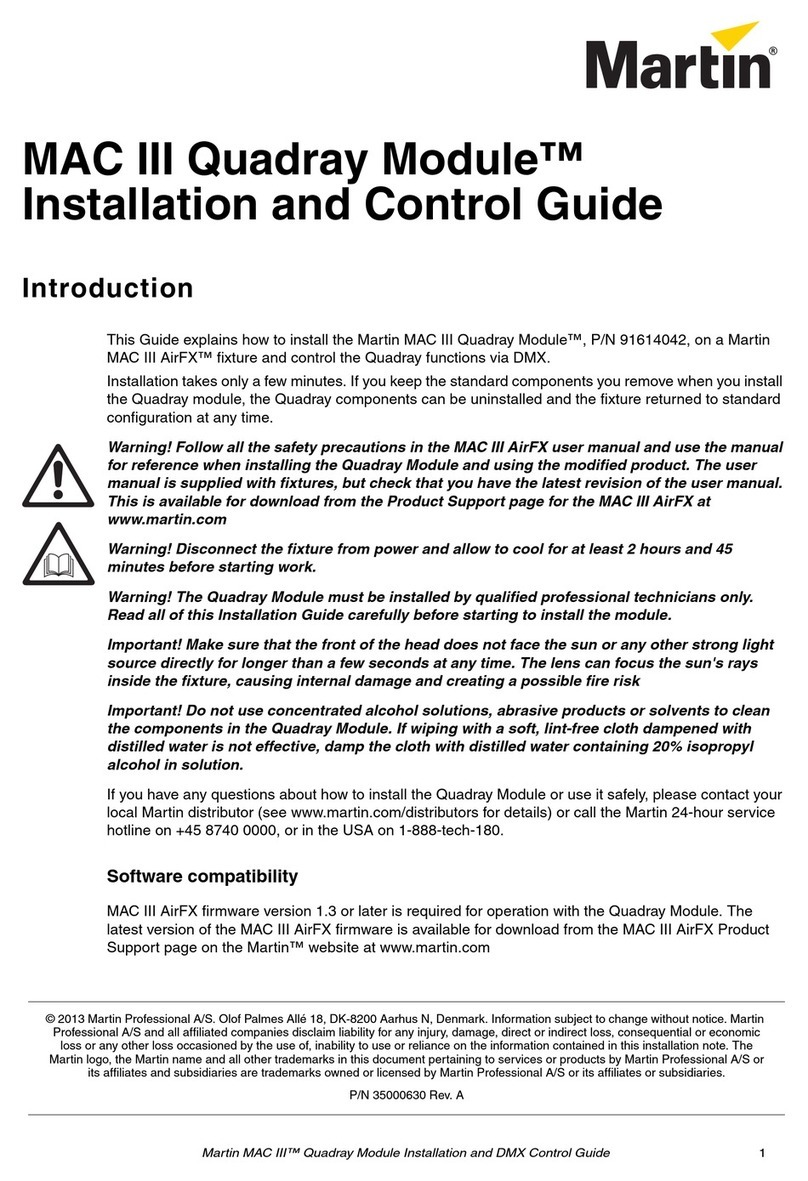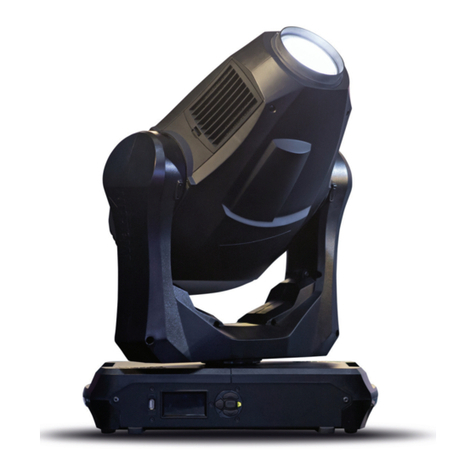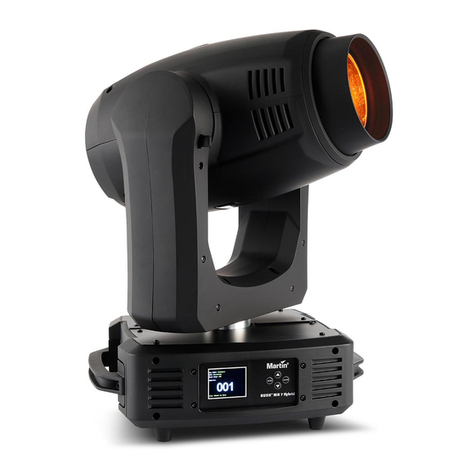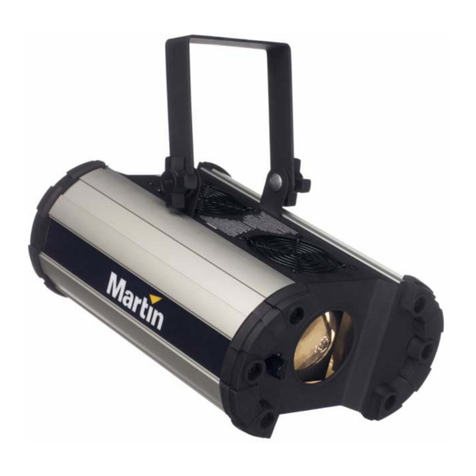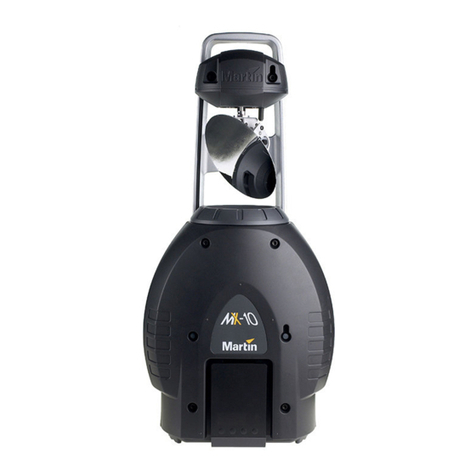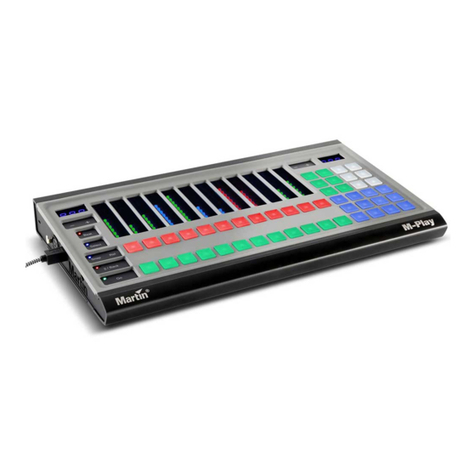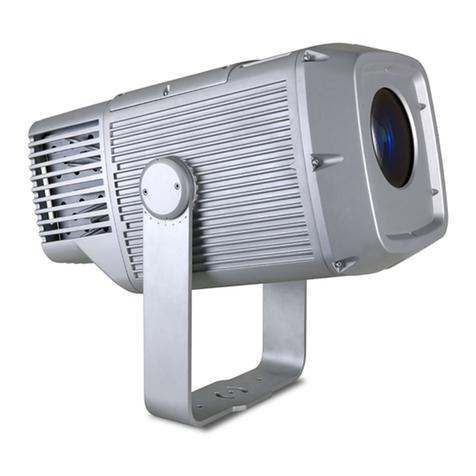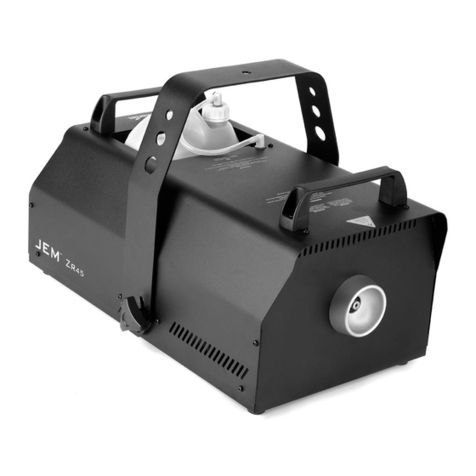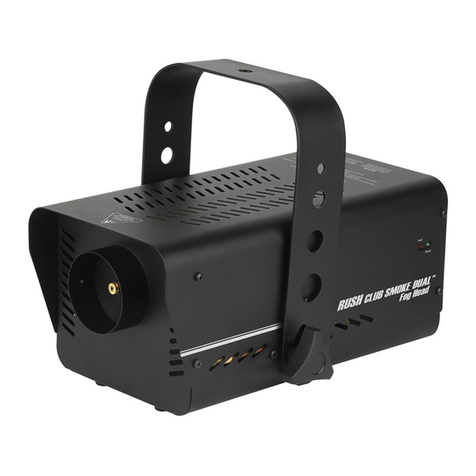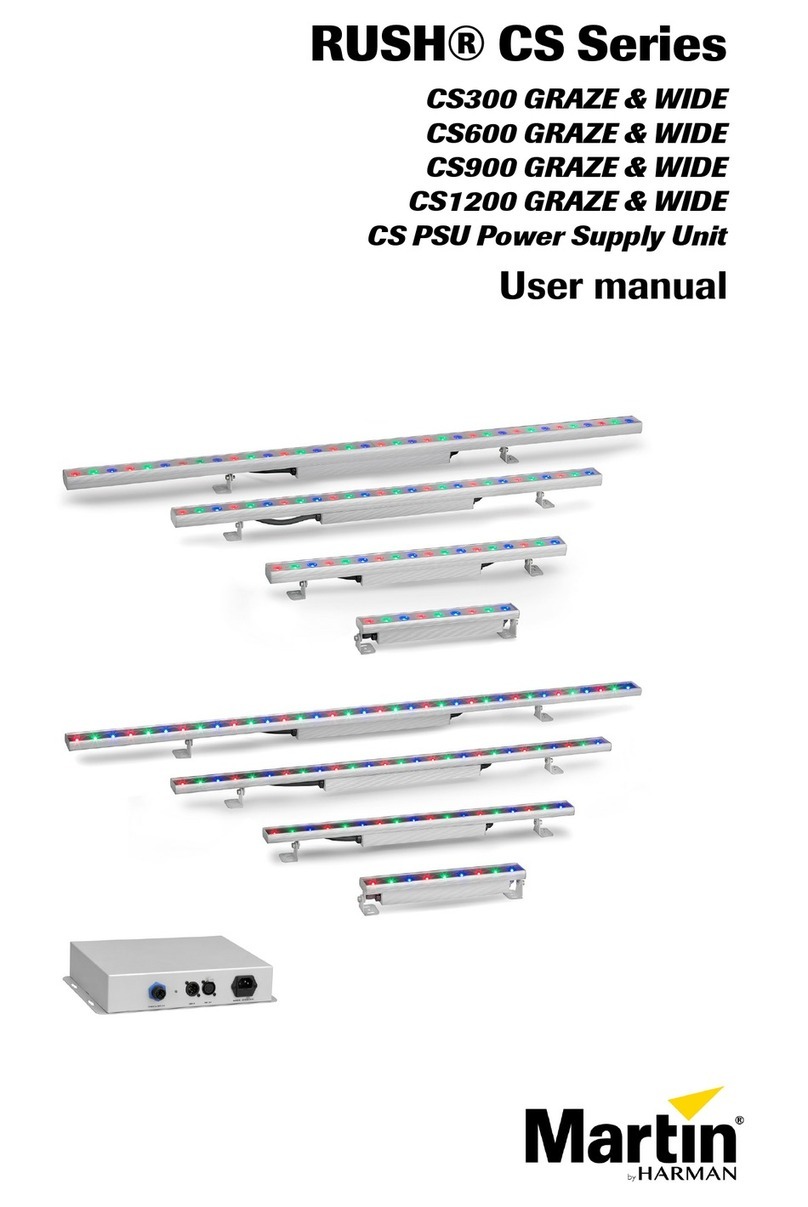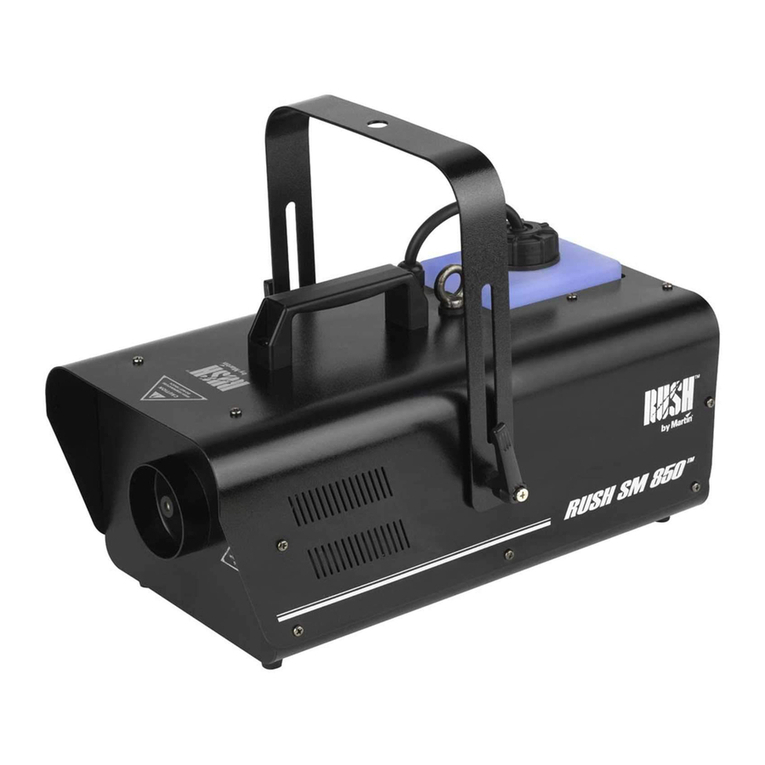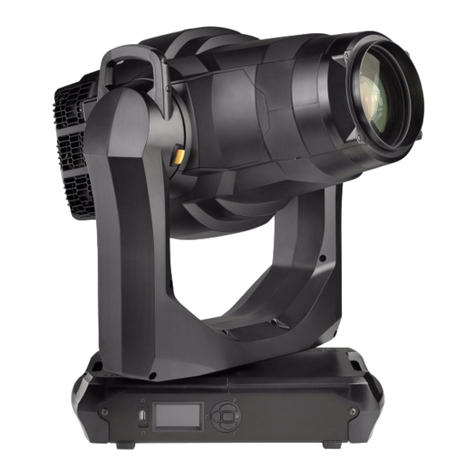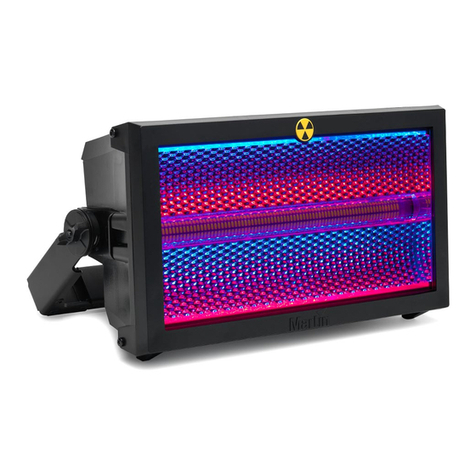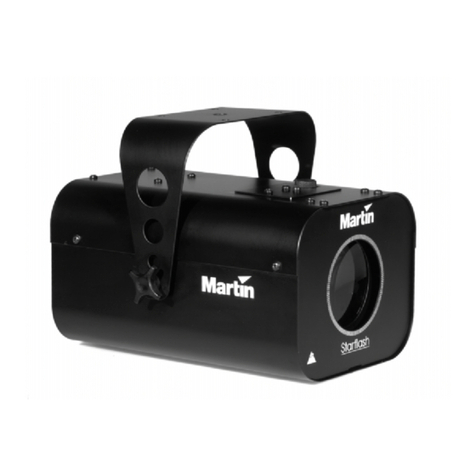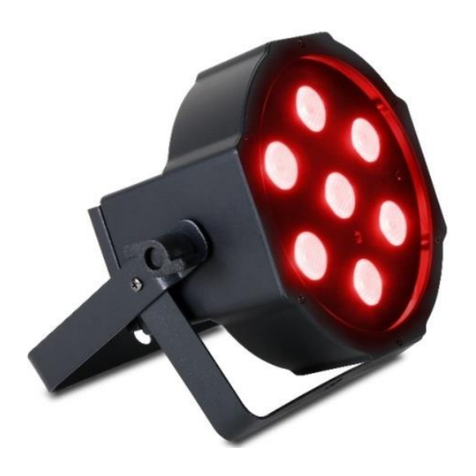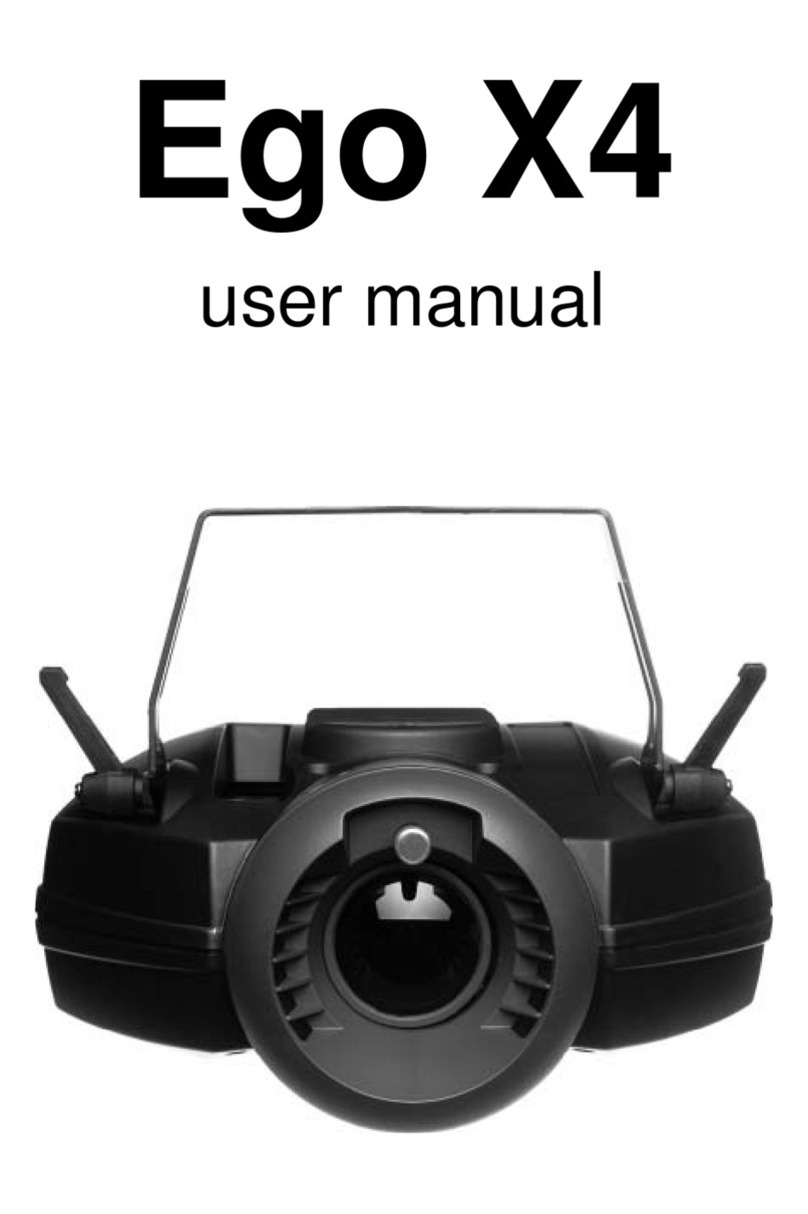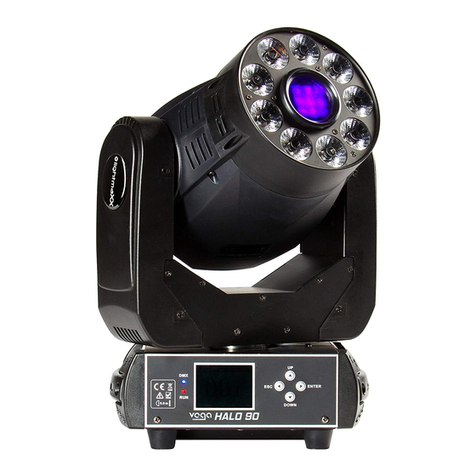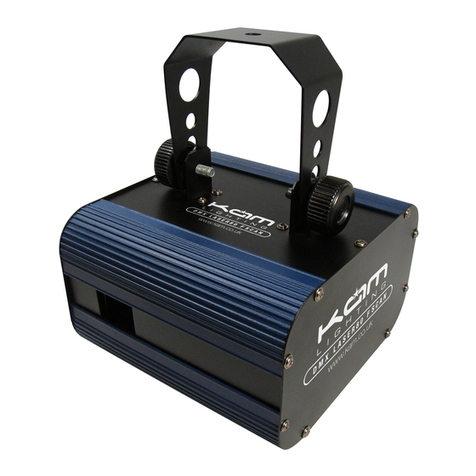10 Exterior PixLine™ User Manual
Introduction
Thank you for selecting a product from the Martin Exterior PixLine™ family. These compact LED-based
display fixtures are designed to integrate into a Martin P3™ video system, where they can display video
from a variety of sources. They can also be controlled using DMX. Use of an RDM-compliant DMX controller
such as the Martin M-PC™ allows two-way communication and remote management of Exterior PixLine
fixtures from the controller.
The Exterior PixLine combines flexibility and simplicity with high-quality video display capabilities. Multiple
Exterior PixLine fixtures can be combined in ways that give exceptional creative potential. Fixtures are
supplied in a range of optical configurations including left and right side wallwasher versions designed for
illuminating surfaces. A hybrid (power and data) cabling system allows Exterior PixLine fixtures to be
daisy-chained for easy setup and minimal cabling.
The Exterior PixLine consists of a linear array of LEDs encapsulated in resin in an aluminum profile with a
diffuser or other front cover that is permanently sealed onto the profile to give a rugged IP66-rated fixture. It
offers the following features:
• IP66-rated fixtures and connectors
• Fast, flexible mounting options
• Clear anodized as standard, custom RAL colors available by special order
• Range of optical variants: clear front, flat diffuser, round diffuser, square diffuser and graze (asymmetric
wallwasher) lens options
• Three pixel pitch (LED center-to-center distance) options: 10, 20 or 40 mm
• Short 310/320 mm (12.2/12.6 in.) and long 1270/1280 mm (50.0/50.4 in.) models
• Individually controllable pixels
• High-quality 16-bit per color RGB image processing technology
• Pixel-level brightness and color calibration for optimal image quality
• P3 and DMX control with automatic protocol detection
• Intuitive pixel mapping and addressing using a Martin P3™ system controller
• Single hybrid cable transmits both power and data
• External power and data processor (Martin P3 PowerPort 1500™ or P3 PowerPort 1000 IP™) and simple
cabling system.
Custom lengths from 300 mm to 2000 mm can be made to special order. Please consult your Martin™
supplier for details.
For detailed dimensions drawings in various file formats of all the products in the Exterior PixLine family,
please see the Exterior PixLine Product Support pages on the Martin™ website at www.martin.com
Martin™ user documentation is supplied with products and available for download from www.martin.com,
where you can also find the latest specifications, firmware updates and support information for all Martin™
products.
At Martin™ we welcome input from users. Comments or suggestions regarding this manual can be e-mailed
to service@martin.dk or posted to: User Documentation, Martin Professional ApS, Olof Palmes Allé 18,
DK-8200 Aarhus N, Denmark.
Precautions to avoid damage
Important! To get the best out of the Exterior PixLine and avoid causing damage that is not covered
by the product warranty, read the following information carefully. Make sure that everyone who is
involved in installing, working on or using the Exterior PixLine has read and understood this
information.
Cleaning
Excessive dirt buildup causes overheating and may damage the product. Damage caused by inadequate
cleaning is not covered by the product warranty.
